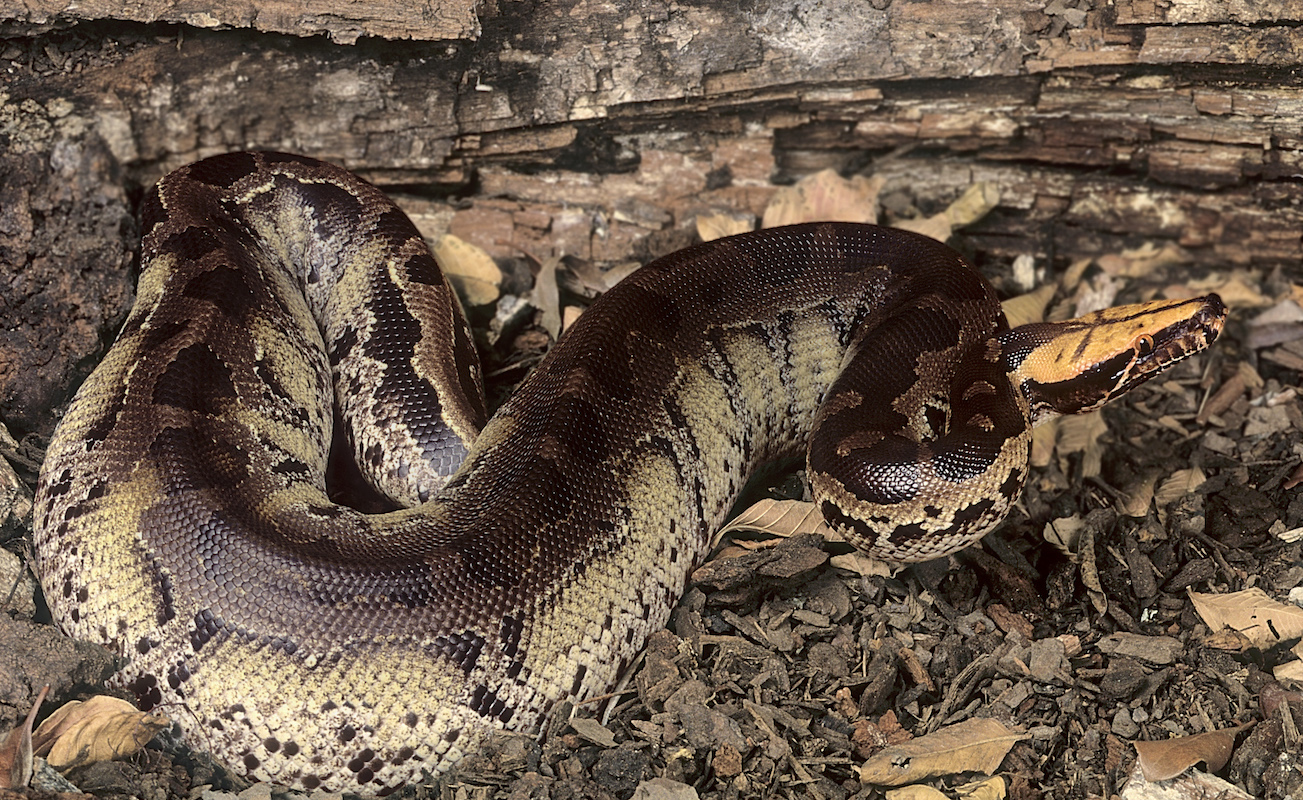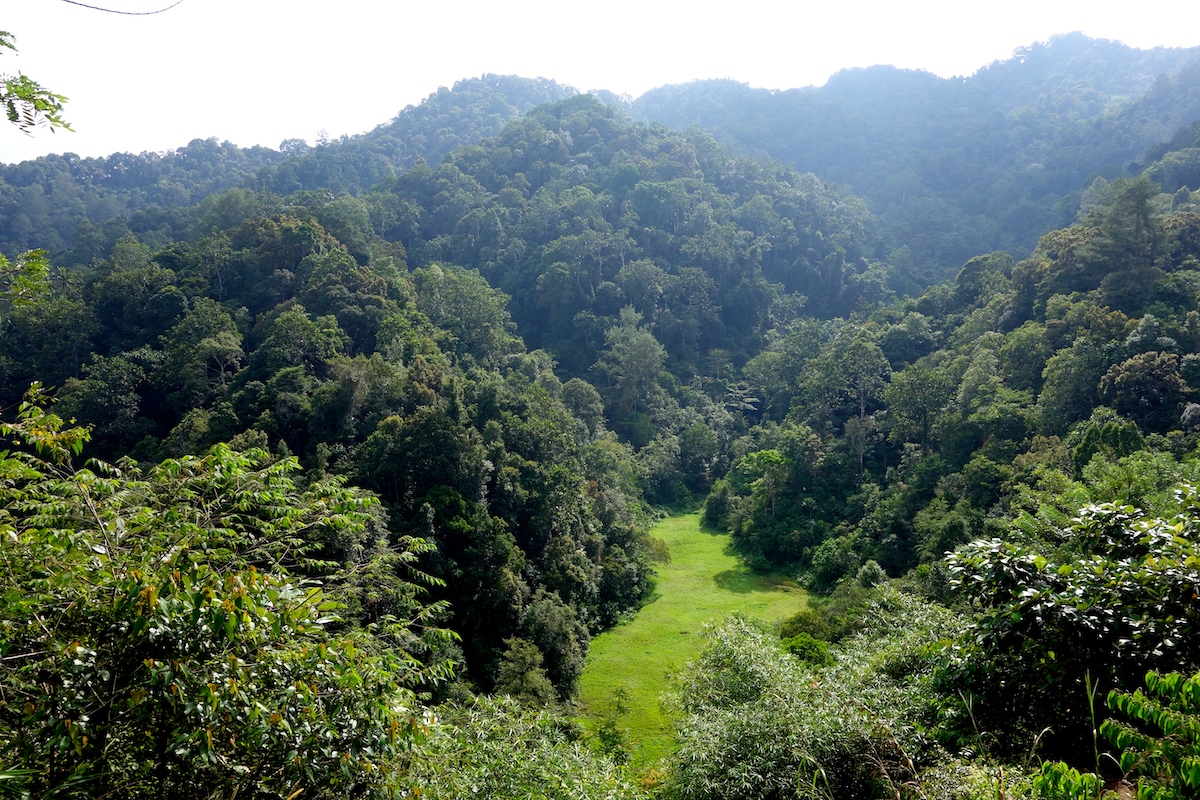Python curtus

PITONE CORTO
Gli adulti di questa specie raramente superano il metro e mezzo di lunghezza, e possiedono una struttura molto tozza con una coda particolarmente corta. Si trova in foreste tropicali, paludi, e lungo i fiumi, dove caccia mammiferi e uccelli di taglia adeguata. La femmina, ovipara, depone una dozzina di uova che ricopre con le spire, riuscendo, tramite piccole contrazioni muscolari, ad innalzare la temperatura, nel centro, di qualche grado centigrado. La principale minaccia di queste specie è costituita dal commercio illegale e dalla perdita degli habitat a causa dell’agricoltura. Il pitone corto è protetto in Indonesia ed è stato collegato nell’Appendice II della CITES, e contrassegnata come LC nella lista rossa della IUCN.
BLOOD PYTHON
Adults grow to 1.5–1.8 m (4.9–5.9 ft) in length and are heavily built. The tail is extremely short in relation to the overall length. It occupies rainforests, in marshes, swamps, and along river banks and streams where it feeds mainly on small mammals and birds. Oviparous, females seldom lay more than a dozen large eggs. They remain coiled around the eggs during the incubation period, and may shiver to produce heat. Collection for trade is the main threat to this species. However, the species is also threatened by habitat loss due to agricultural development. The blood python is protected in Indonesia, and it is listed on CITES Appendix II.
Ambiente - Environment
